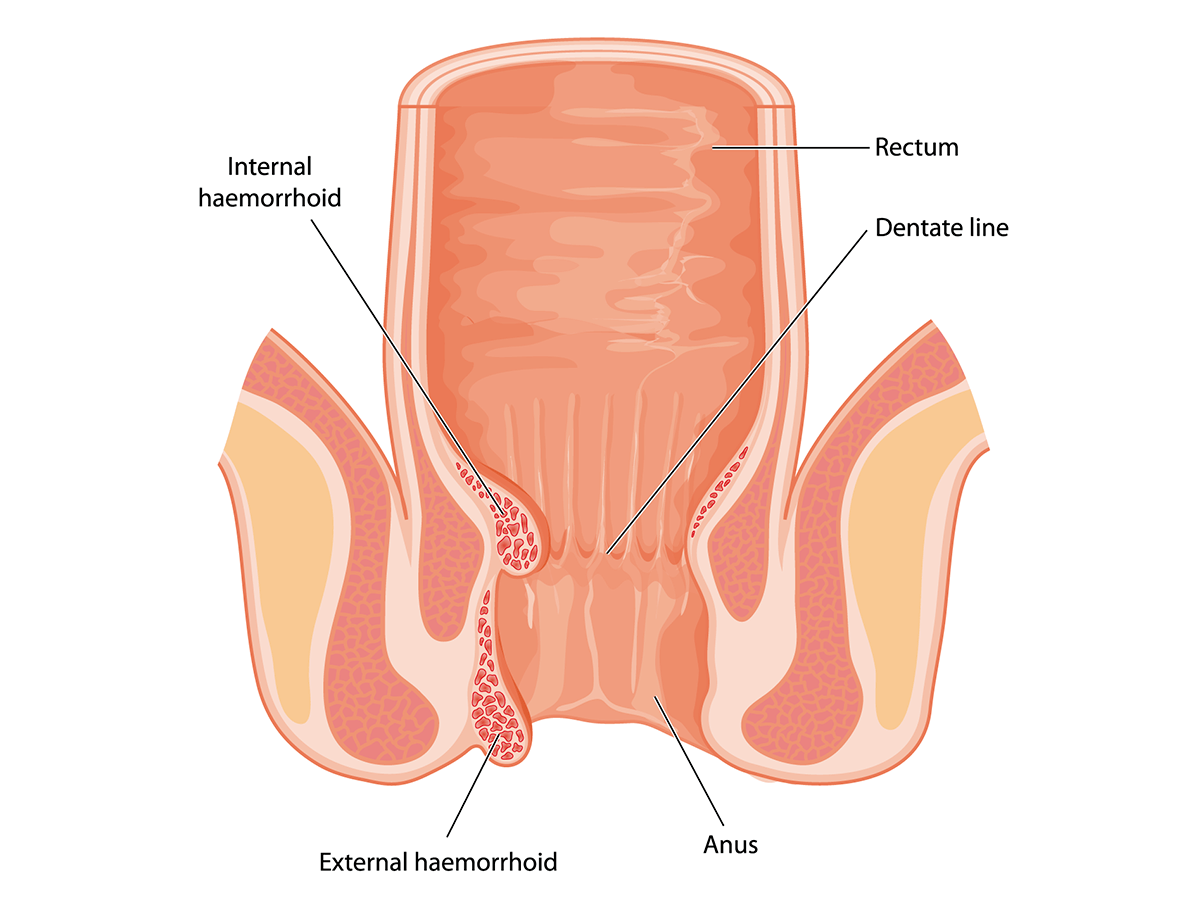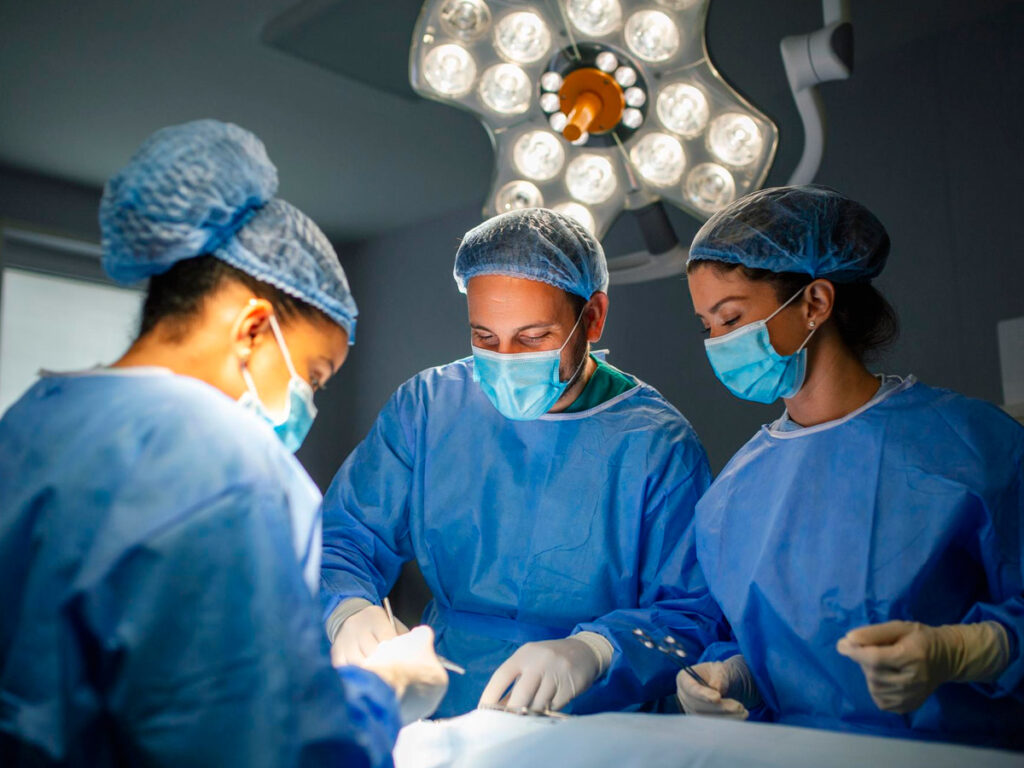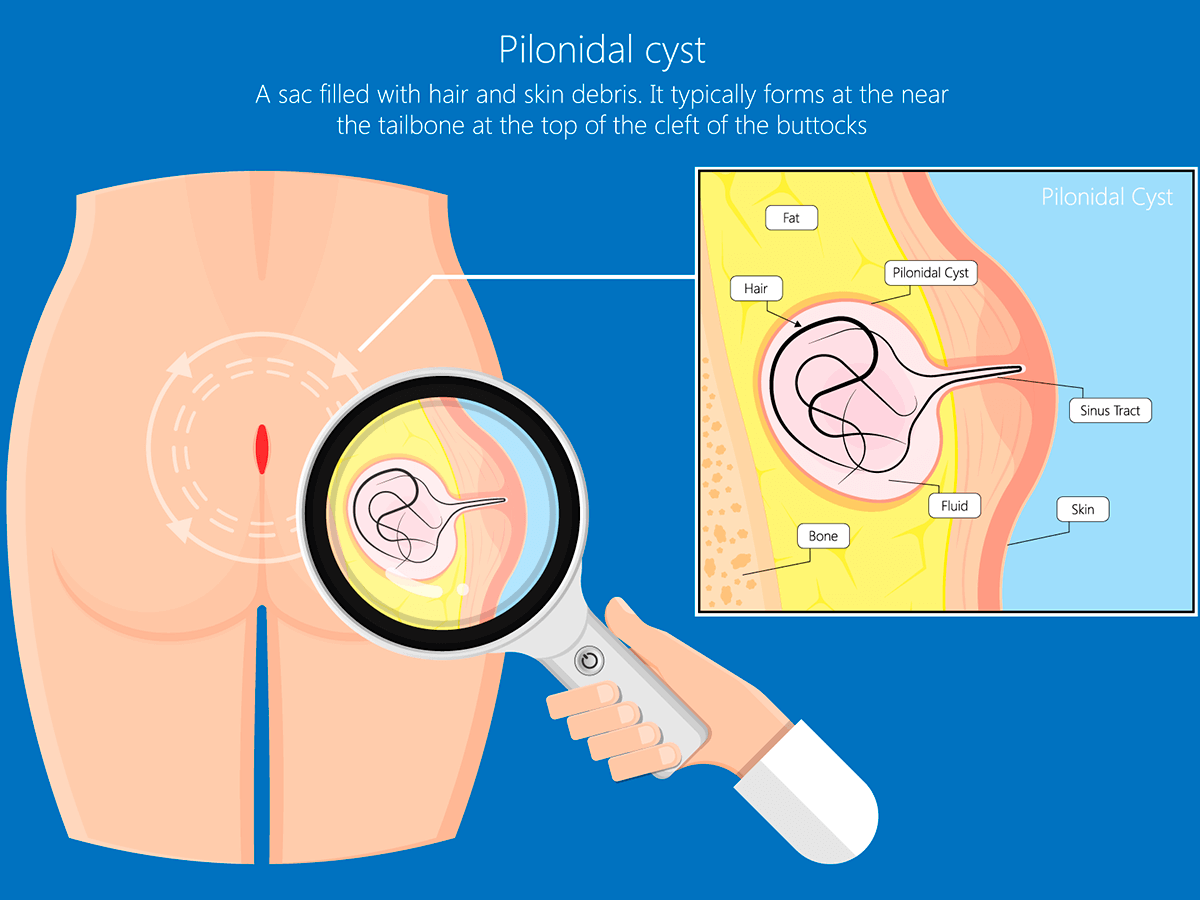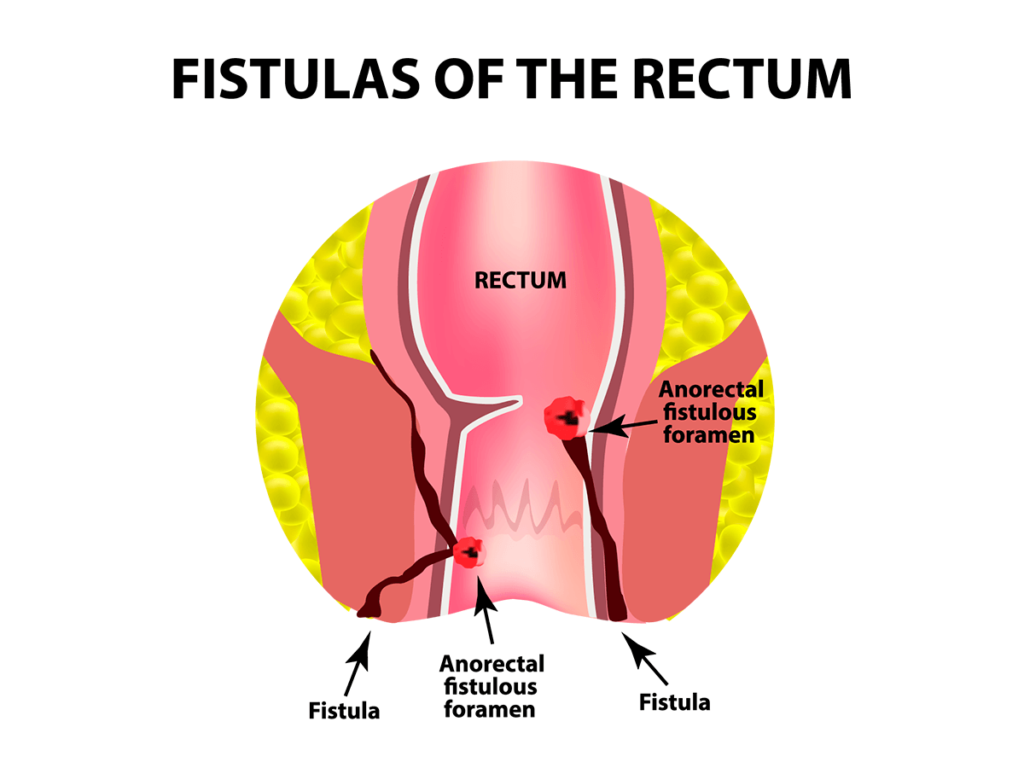- +52 664 761 5349
- contact@tijuanasurgery.com
- Paseo de los Héroes 9211 Edificio Xtal Zona Rio Tijuana BC México 22010

Hemorrhoids are dilated and swollen veins in the anus and rectum.
can cause pain, itching and anal bleeding. They are classified as: Internal hemorrhoids, when the veins dilate inside the rectum and do not come out through the anus.

External hemorrhoids
This is when dilated veins protrude through the rectum.

Thrombosed hemorrhoids
When a clot forms in an external hemorrhoid.
Hemorrhoidectomy is the surgical removal of hemorrhoids, generally used for large internal hemorrhoids that have not responded to other treatments. It is considered the most effective method of treatment, remember that hemorrhoidal tissues are a natural part of the body and hemorrhoidectomy is generally reserved for advanced hemorrhoids.


A pilonidal cyst is an abnormal cavity in the skin that usually contains hair and skin particles. In most cases, it is found near the coccyx, at the top of the buttock groove. Pilonidal cysts usually occur when a hair pierces the skin and then becomes ingrown. If infected, the abscess that forms is usually very painful. The cyst can be drained through a small incision or surgically removed.
Pilonidal cysts are more common in young males, and it is common for the problem to recur. People who sit for long periods of time, such as truck drivers, are at increased risk for pilonidal cysts.
A pilonidal cyst becomes a swollen mass (abscess) when it becomes infected. Signs and symptoms of an infected pilonidal cyst are as follows:

Pain

Reddening of the skin

Pus or blood oozing from a skin opening

Unpleasant odor of oozing pus
The treatment of pilonidal cyst is considered when it becomes complicated and produces symptomatology.
In its acute phase, in case of infection, it is advisable to drain the purulent material and then proceed to the complete removal of the cystic formation and the secondary fistulous tracts if they exist.


An anal fistula is an infected passage between the skin and the anus, the muscular opening at the end of the digestive tract. Most anal fistulas occur as a result of an infection in an anal gland that spreads to the skin.

Pain

Swelling

Discharge of blood or pus from the anus

Moisture in the area and bad odor
Treatment of anal fistula depends on its location and complexity. The goals are to repair the anal fistula completely to prevent recurrence and to protect the sphincter muscles. Damage to these muscles can lead to fecal incontinence.
Here are some of the options:
Fistulotomy. the internal opening of the fistula is cut, the area is scraped and rinsed to remove infected tissue, and then the canal is flattened and sutured. To treat a more complicated fistula, the surgeon may need to remove part of the canal. Fistulotomy may be performed in two stages if a significant amount of sphincter muscle must be cut or if the entire canal cannot be found.
Rectal advancement flap. The surgeon creates a flap from the rectal wall before removing the internal opening of the fistula. The flap is then used to resurface the repair. This procedure may reduce the amount of sphincter muscle that must be cut.
Seton placement. The surgeon places a silk or latex thread (seton) in the fistula to help drain the infection.
Dr. Javier Cisneros Lopez is a general surgeon specializing in anorectal pathology surgery in the city of Tijuana, Baja California Mexico with 26 years of experience and more than 7,000 procedures performed. If you have any symptoms or doubts about your health, schedule an appointment here to receive medical attention appropriate to your condition.
Hemorrhoids are swollen, inflamed collections of tissue in the anal area. They can vary in size and can be internal or external. Internal hemorrhoids are usually located 2 to 4 cm above the opening of the anus and are the most common type. External hemorrhoids appear on the outer edge of the anus.
A pilonidal cyst is an abnormal cavity in the skin that usually contains hair and skin particles. In most cases, it is found near the coccyx, at the top of the buttock crease. Pilonidal cysts usually occur when a hair pierces the skin and then becomes ingrown. If infected, the abscess that forms is usually very painful. The cyst can be drained through a small incision or surgically removed.
Pilonidal cysts are more common in young males, and it is common for the problem to recur. People who sit for long periods of time, such as truck drivers, are at increased risk for pilonidal cysts.
An individual with hemorrhoids may experience the following symptoms:
anal fistula, in which it creates a new opening between the surface of the skin near the anus and the inside of the anus; or prolapsed hemorrhoids, in which the blood supply to the hemorrhoid is cut off, causing complications including infection or a blood clot.
It is a surgical operation whose purpose is to remove hemorrhoids that cause discomfort, discomfort and bleeding. Frequently, this procedure is used once other more conservative treatments have failed to reduce swelling and symptoms.
Regional anesthesia is used in this surgical procedure, which lasts approximately one hour and the patient can be discharged 3 or 4 hours after surgery. Complete recovery from surgery is 48 to 72 hours for the patient to return to normal activities.
When an abscess occurs, if it does not drain spontaneously, it must be cut with a scalpel under local anesthesia and allow the purulent material to drain. Logically, antibiotic treatment should be given for a few days and the wound should be dressed.
In case of chronic pilonidal cysts, which are repeatedly over-infected, the best option is the surgical approach by removing the cyst area en bloc under general or regional anesthesia. It is a rather aggressive surgery, as the entire affected area must be removed to ensure that it does not reproduce.
The new surgical techniques for this aggressive surgery allow a primary closure of the wound during the intervention by means of various techniques, which shortens the postoperative period, makes it less painful and allows an earlier return to normal life. Also, closed surgeries have a lower recurrence rate.
Contact information
Copyrights ©2022 – Tijuana Surgery Center